
Pictures Of A Polar Bear's Life Cycle
They could imagine they are a polar bear adult or cub, and write about their different experiences in the Arctic (e.g. hunting for food, digging/leaving their den, crossing water, the dangers they face, etc.). The children could also draw a picture of a polar bear with annotations explaining how the animal is adapted to life in the Arctic, i.e.
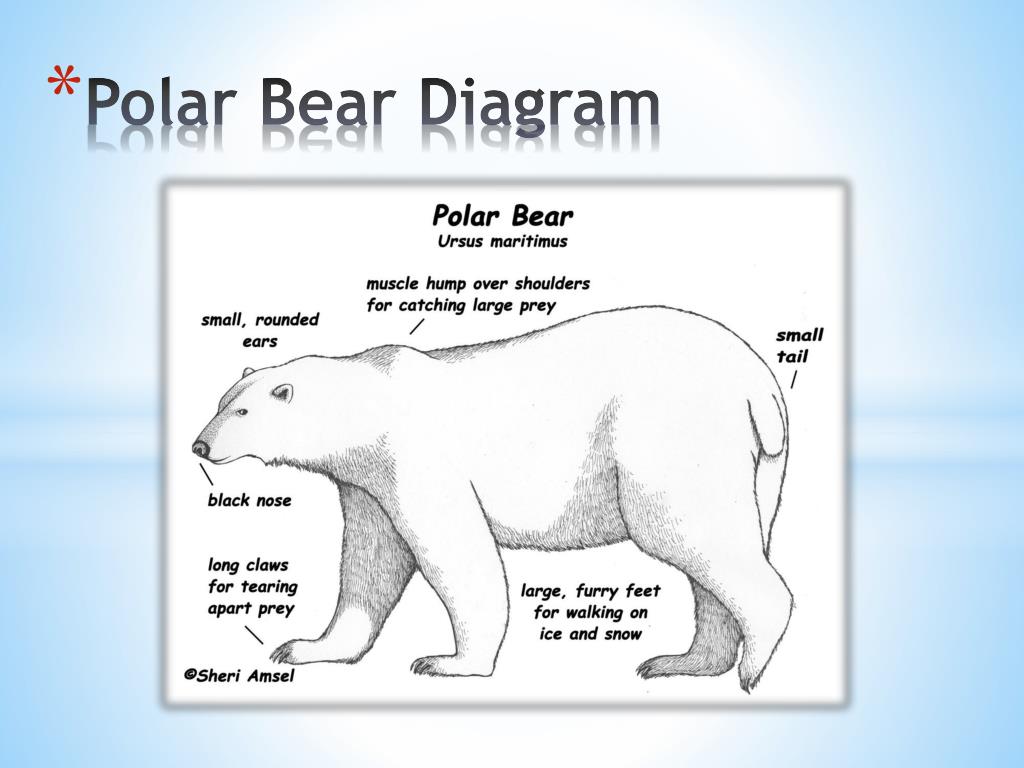
PPT Polar Bears PowerPoint Presentation, free download ID2835183
Collecting polar bear footprints to map family trees. Scientists from Sweden are using DNA in the environment to track Alaskan polar bears. The technique which uses DNA from traces of cells left.

PPT Structural and Behavioral Adaptations Of the Polar Bear PowerPoint Presentation ID2508849
Polar bears roam the Arctic ice sheets and swim in that region's coastal waters. They are very strong swimmers, and their large front paws, which they use to paddle, are slightly webbed. Some.

Polar Bear Morphology Domain Of The Bears
Polar bears have a typical respiratory rate of 15 - 30 breaths per minute. However the breath rates go higher in warmer months. When the bear is asleep rates are only 5 breaths per minute. We have discussed polar bear anatomy such as respiratory system, urinary system, circulatory system, and Gastro-intestinal system.
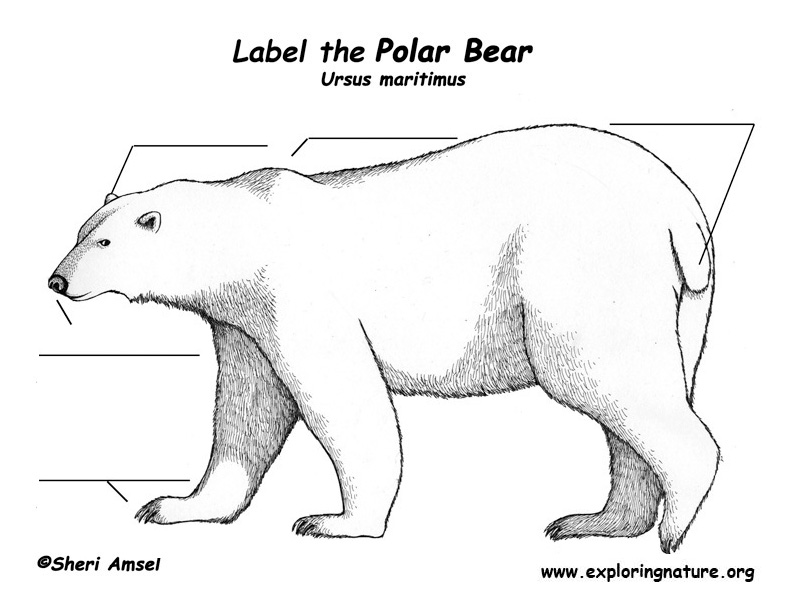
Bear (Polar) Labeling Page
Ten polar bear facts. 1) Polar bears are found in the frozen wilds of the Arctic, in Canada, Alaska (US), Greenland, Russia and Norway. 2) These are seriously big bears, gang. Adult polar bears can measure over 2.5m long and weigh around 680kg. Their huge size and weight make them the largest living carnivores (meat eaters) on Earth! Love animals?

Distribution and population status of polar bear Ursus maritimus in... Download Scientific Diagram
Adult females are usually 150-290 kg (330-650 lb). But some can be larger. Researchers in Canada estimated one male bear at 800 kg (1,700 lb)! Polar bears are also tall. Scientists usually measure their height at the shoulder when on all fours. Those heights are typically 1-1.5 m (3.3-5 ft) for adult polar bears.
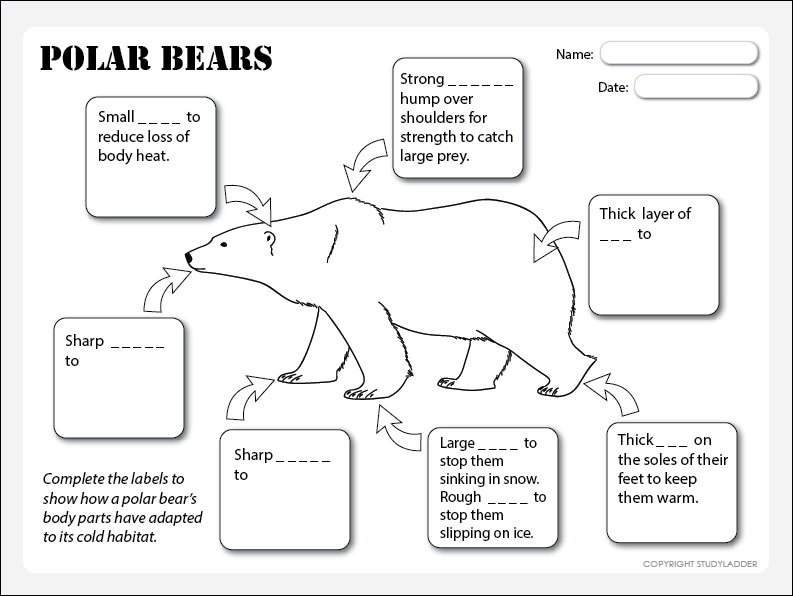
Polar Bear Body Parts Diagram
Polar bears live along shores and on sea ice in the icy cold Arctic. When sea ice forms over the ocean in cold weather, many polar bears, except pregnant females, head out onto the ice to hunt seals. Polar bears primarily eat seals. Polar bears often rest silently at a seal's breathing hole in the ice, waiting for a seal in the water to surface. A polar bear may also hunt by swimming beneath.

Anatomy Of A Polar Bear
Montessori printables about polar bear anatomy, life cycle, andcharacteristics with 3-part cards, information cards, student booklets, and diagrams provide numerous benefits and uses for children. These resources promote hands-on learning, improve fine motor skills, enhance vocabulary and language development, and foster cognizance about the.
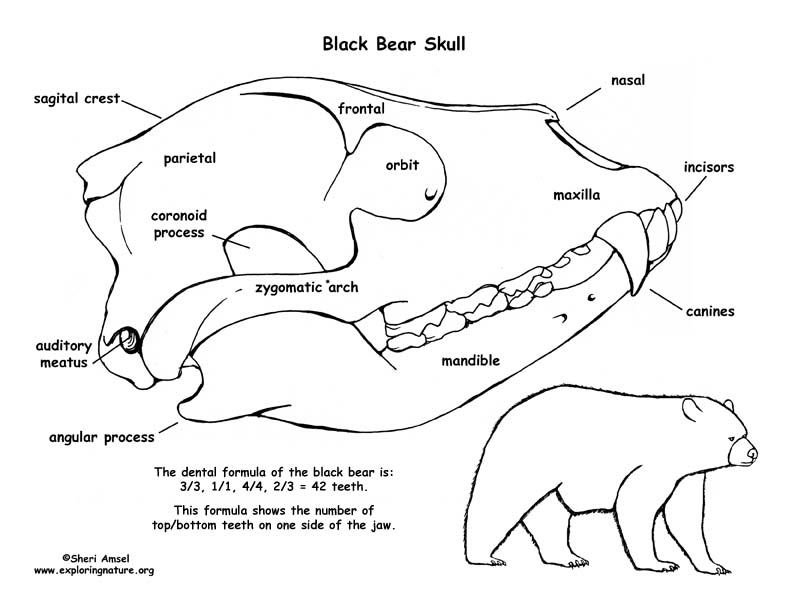
Polar Bear Body Parts Diagram
Polar Bear Labeling Diagram - Polar Bear Worksheet + Life Cycle Booklet. Students cut and paste or write words in boxes to label a polar bear diagram on a parts of a polar bear Arctic animals worksheet. Afterward, they assemble an engaging polar bear life cycle accordion booklet.Includes:Polar bear diagram in two versions (basic and extended.
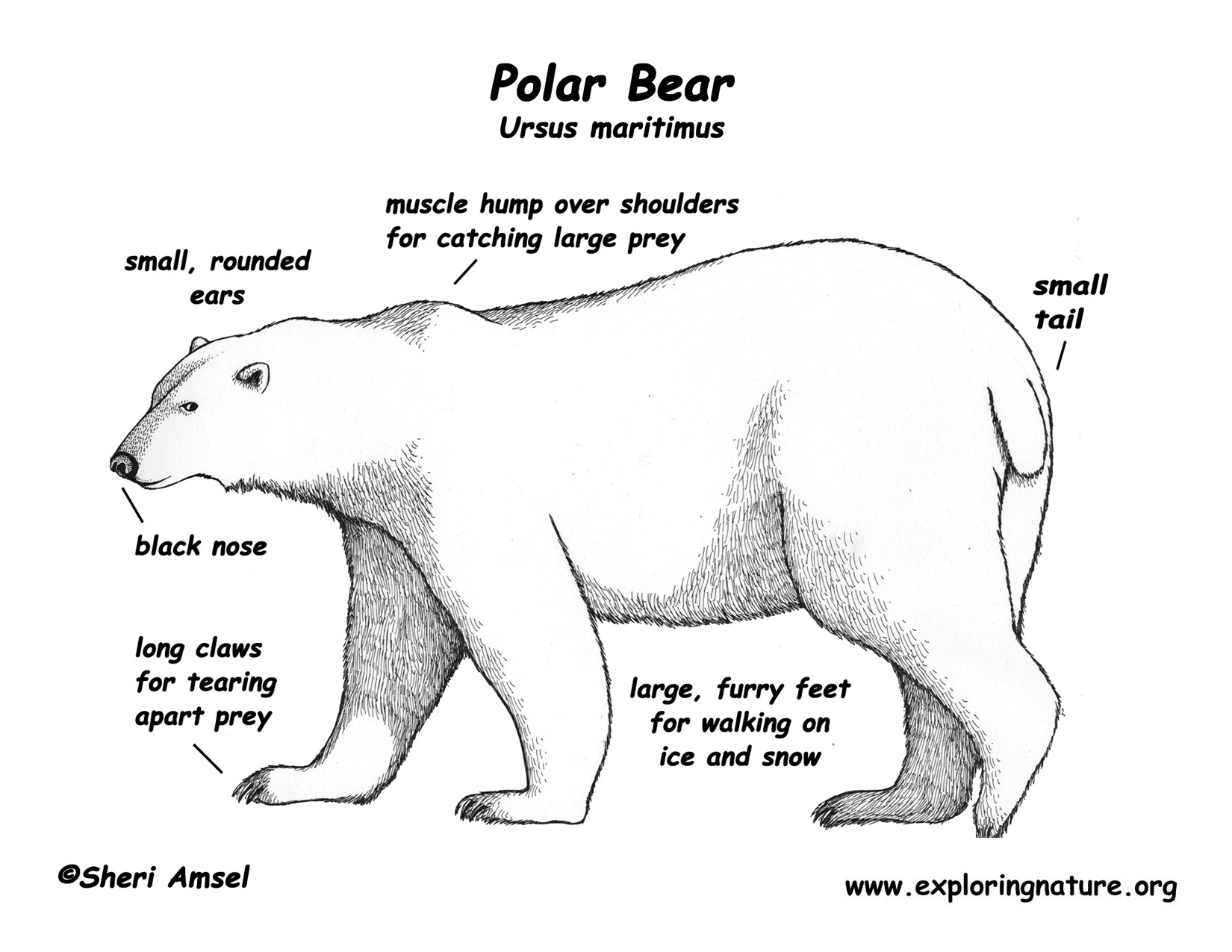
General Info polar bears
4. Polar Bear Life Cycle for Kids. Life cycle is a series of changes in living things from its birth to death. Any living thing including all plants and animals have a life cycle. Polar bears are born and feed on their mother's milk in a den. When the cubs are ready to come out of the den they weigh 20 to 25 pounds.
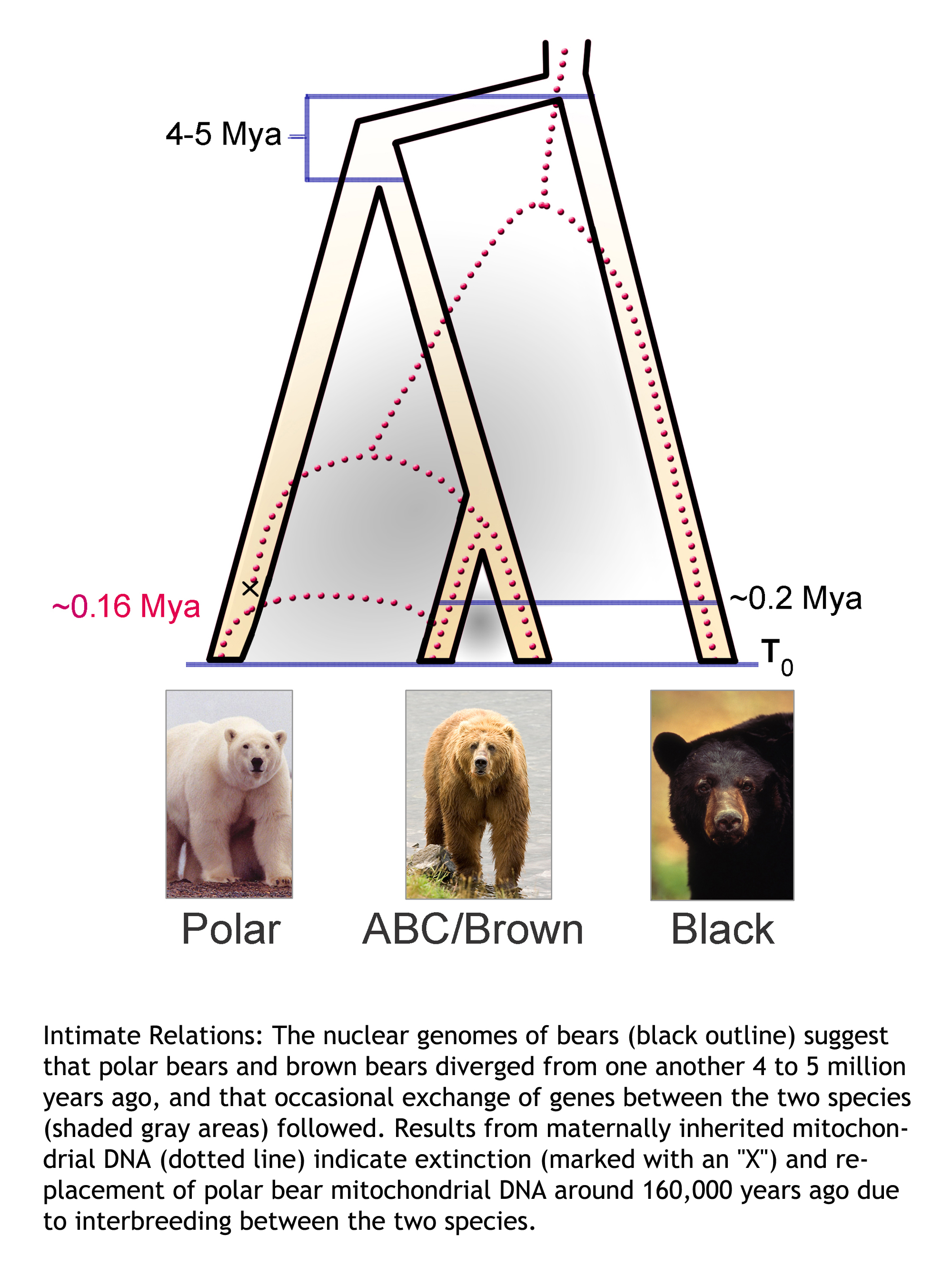
Polar Bear Evolution Tracked Climate Change, New DNA Study Suggests University at Buffalo
The polar bear (Ursus maritimus) is a large bear native to the Arctic and nearby areas. It is closely related to the brown bear, and the two species can interbreed.The polar bear is the largest extant species of bear and land carnivore, with adult males weighing 300-800 kg (660-1,760 lb).The species is sexually dimorphic, as adult females are much smaller.

Writer's Diagram Polar Bear YouTube
Polar Bear Walking - Polar Bear Anatomy. Young cubs are born with a light brown fur but within a few weeks the white color Polar Bears are well known for will emerge. In the summer they do have a yellowish color to them due to the lighting. Experts though believe the skin is black and the fur is clear because it doesn't have any pigment in it.
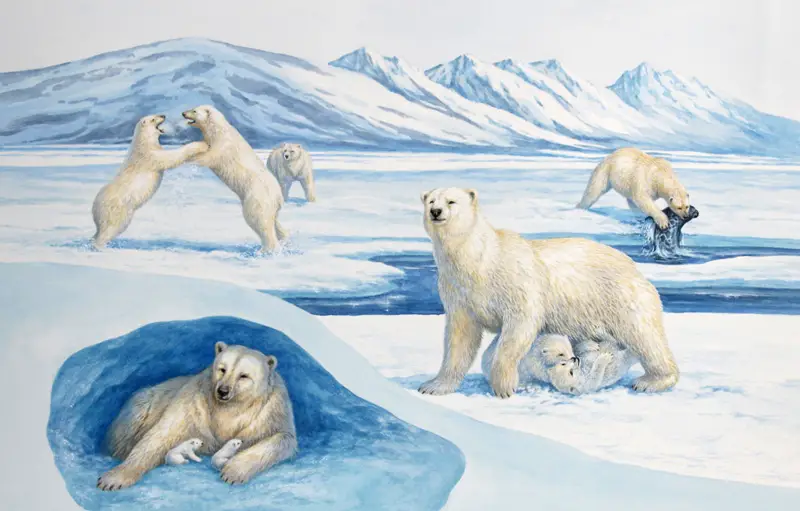
Polar Bear Life Cycle Birth to Death, Stages, Facts, Diagram, Worksheet
Males weigh from 700 - 1,500 pounds, while females are only 300 - 600 pounds. They have huge front paws they use for swimming. Their skin is black and though their fur looks white, polar bears are now known to have transparent fur. This interesting adaptation allows light to be refracted on the clear strands giving it a white appearance.

polar bear anatomy and physiology Cerca amb Google projecte ÓS POLAR Pinterest How to
Polar bears are stocky, with a long neck, relatively small head, short, rounded ears, and a short tail. The male, which is much larger than the female, weighs 410 to 720 kg (900 to 1,600 pounds). It grows to about 1.6 metres (5.3 feet) tall at the shoulder and 2.2-2.5 metres in length. The tail is 7-12 cm (3-5 inches) long.

Body Diagram of Polar Bears Download HiRes Color Diagram
The polar bear digestive system is similar to the digestive system of humans. 2 kg (4.4 pounds) of fat is at least required by a polar bear in a day to survive and move in the arctic. The polar bear digestive system takes 20 hours to digest the food (seal blubber). The polar bear faeces (poop) is liquid, gelatinous and dark brown in color when.
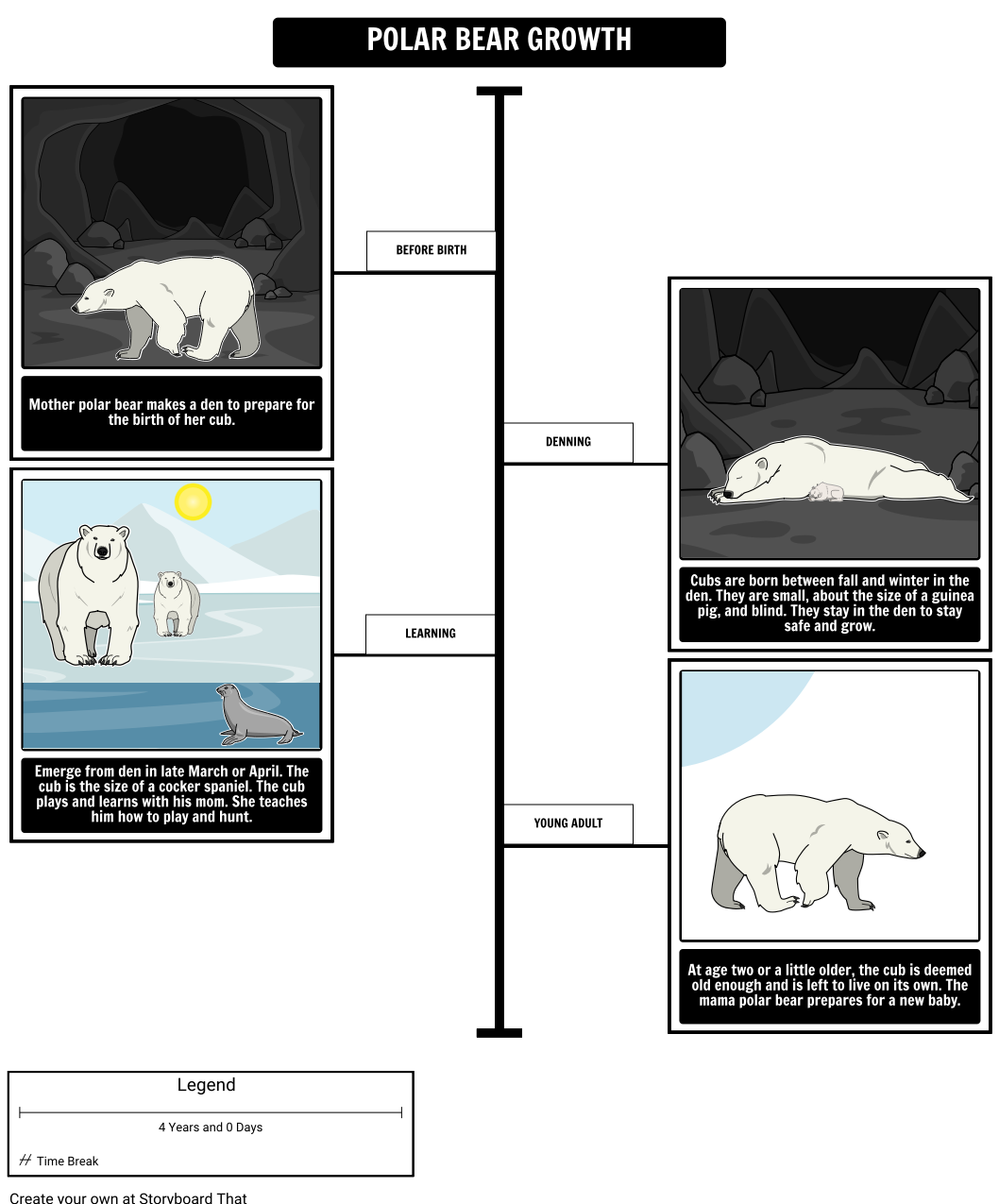
Development of a Polar Bear Timeline Activity
The diagram below illustrates how polar bears may have evolved from brown bears in response to the last ice age. Despite the fact that the bears now appear quite different physically (most notably in coat color), the genetic differences are very slight. Figure from: Crockford, S.J. 2006. Rhythms of Life: